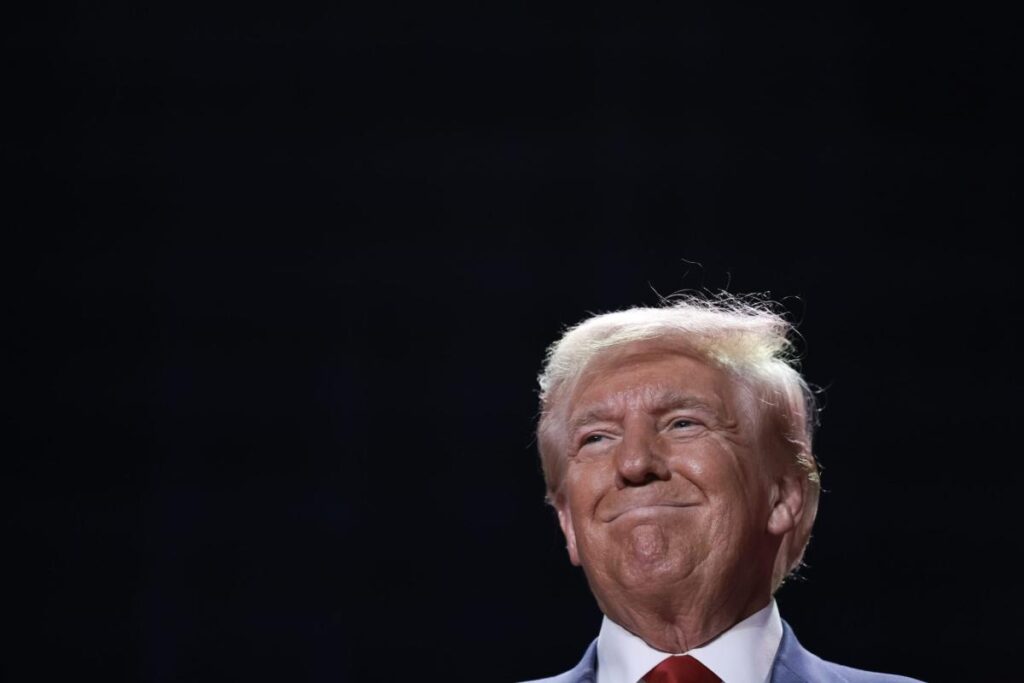Former President Donald Trump has stirred significant discussion in the financial and political spheres by proposing that he should have a more substantial say in the setting of interest rates, traditionally the purview of the Federal Reserve (Fed). Trump, who has openly criticized Jerome Powell, his own choice for Fed chairman, during his campaign, suggested he could perform this role better, citing his successful business background and instinct for economic matters. His comments reflect a recurring theme from his presidency, underscoring his belief that presidential influence can be beneficial in economic governance. While these assertions garnered attention, they were met with skepticism and condemnation from notable figures in the finance world, including former Treasury Secretary Larry Summers, who condemned the idea of reducing the Fed’s independence, emphasizing that the president’s role should not encroach on the central bank’s operations.
The evolution of the Federal Reserve’s independence is deeply rooted in its history, starting from its founding in 1913. Initially, the Fed was not independent; it included the Treasury Secretary and the Comptroller of the Currency as active board members, with significant influence exerted by the Treasury Department over monetary policy decisions. Over the decades, amendments and agreements have gradually increased the Fed’s autonomy, notably marked by a critical agreement in 1951, which sought to delineate its independence from political pressures. However, political meddling persisted, exemplified by wartime pressures from President Truman and the infamous interactions between President Nixon and Chairman Arthur Burns, which contributed to economic turmoil during Nixon’s administration. The lessons learned from this era underscore the importance of maintaining the Fed’s independence to safeguard against political motivations that could disrupt long-term economic stability.
The consequences of undermining the Fed’s independence were starkly illustrated during the 1970s through a period of stagflation, where rising inflation and stagnant economic growth affected the American economy. The political meddling by Nixon contributed to this crisis, leading to drastic measures undertaken by Paul Volcker, his successor, who increased interest rates to combat inflation. Experts assert that allowing a president to exert control over the Fed could prioritize political motivations—like securing reelection—over sound economic policies. Financial analysts, such as Jamie Cox from Harris Financial Group, argue that the Fed must remain insulated from political pressures to respond effectively to economic crises without political constraint, suggesting that historical precedents should caution against a reduction in the Fed’s independence.
Trump’s assertions about having a say in the Fed’s interest rate decisions raise questions about the current legal framework governing the Fed’s independence. While the president nominates the Fed chair and other board members—subject to Senate confirmation—he has limited authority to influence monetary policy directly. The Humphrey-Hawkins Full Employment Act of 1974 reinforced this separation by requiring the Fed chair to report to Congress regularly, enhancing legislative oversight but also ensuring that the Fed operates independently. Furthermore, the Federal Reserve Act delineates that board members, including the chair, can only be removed for specific reasons, suggesting that any attempts by a president to unilaterally dismiss Fed officials could lead to legal challenges.
Should Trump win re-election and decide to remove Powell before his term concludes in 2026, the legal ramifications could embroil the decision in contentious court battles, potentially landing the matter before the Supreme Court. Legal experts, including Peter Conti-Brown of the Brookings Institution, stress that such a scenario underscores the complexities of the relationship between the presidency and the Fed. Trump’s proposals imply that there are avenues for altering the law to increase presidential influence, contingent upon gaining support from Congress. This perspective presents a sobering reminder of the delicate balance required in governance, advocating that any enhancement of presidential powers over the Fed necessitates rigorous legislative due process.
In summary, the interplay of politics and central banking remains pivotal to America’s economic policy landscape. Trump’s challenge to the established independence of the Fed highlights the ongoing debates surrounding economic governance and the roles that elected officials should play in monetary matters. Historical lessons inform current discussions, advocating for the necessity of safeguarding the Fed from political influences to ensure stability while providing a cautionary tale about the potential repercussions of intertwining political ambitions with monetary policy decisions. The overarching consensus among financial experts reinforces that the Fed’s independence is essential to fostering an environment conducive to long-term economic growth, unobstructed by immediate political pressures that may prioritize short-term gains over sustainable economic strategies.

